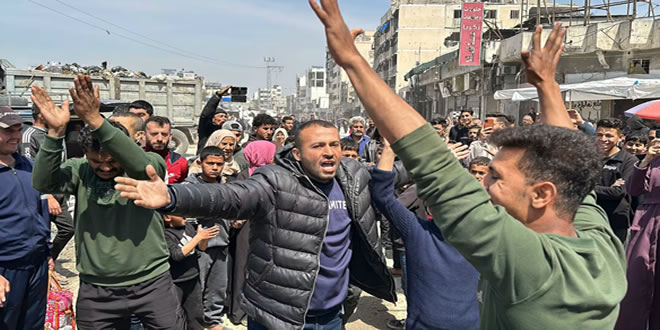The conflict between Israel and Hamas has been one of the most protracted and complex geopolitical struggles of our time. Understanding when this war might end requires examining historical context, current dynamics, regional influences, and potential future scenarios. This article explores all dimensions of the conflict to provide insight into its possible resolution.
Historical Context of the Hamas-Israel Conflict
To understand when the war might end, we must first know how it began and what sustains it:
1987 Founding of Hamas: Emerged as an offshoot of Egypt’s Muslim Brotherhood during the First Intifada
2006 Political Ascendancy: Won Palestinian legislative elections, creating tension with Fatah
2007 Gaza Takeover: Seized control of Gaza from Fatah, leading to Israeli blockade
Core Ideology: The Hamas charter calls for Israel’s destruction, though some leaders have suggested accepting the 1967 borders
Current State of the Conflict (As of 2024)
The war has entered one of its most intense phases following Hamas’ October 7, 2023, attack on Israel and Israel’s subsequent military response:
Human Toll: Over 30,000 Palestinians and 1,400 Israelis killed since October 2023
Geographic Scope: Primarily Gaza but with spillover into the West Bank, Lebanon, Yemen
Military Situation: Israel maintains military superiority but faces guerrilla tactics
Humanitarian Crisis: Widespread destruction in Gaza, famine conditions in parts
Factors That Could Lead to the End
1. Military Resolution
Complete Hamas Defeat: Israel’s stated goal of destroying Hamas’ military and governance capabilities
Hamas Victory Scenario: Extremely unlikely given power asymmetry, but would end conflict on Hamas’ terms
Military Stalemate: Potential for exhausted parties to seek a ceasefire
2. Diplomatic Solutions
Two-State Solution: Would require Hamas to recognize Israel and renounce violence
International Peacekeeping: Potential UN or Arab League force to maintain ceasefire
Regional Agreements: Broader Arab-Israeli normalization, including Palestinian resolution
3. Internal Palestinian Dynamics
Hamas Leadership Change: More moderate leadership could shift position
Palestinian Unity Government: Reconciliation between Hamas and Fatah might create a unified negotiating partner
Popular Pressure: Gaza population turning against Hamas due to war devastation
4. Israeli Domestic Factors
Government Changes: A more moderate Israeli government might pursue negotiations
Public Opinion Shift: Israeli fatigue with the prolonged conflict could pressure leaders
Security Achievements: If Israel feels deterrence restored, it may scale back operations
Obstacles to Peace
Several significant barriers prevent swift resolution:
Ideological Incompatibility: Hamas’ charter versus Israel’s security requirements
Trust Deficit: Decades of broken agreements and violence
Regional Instability: Involvement of Iran, Hezbollah complicates conflict
Spoilers: Hardliners on both sides benefit from continued conflict
Refugee Issue: The Palestinian right of return remains intractable
Potential Timelines for Conflict Resolution
Short-Term (2024-2025)
Temporary ceasefire possible through Qatari/Egyptian mediation
Limited hostage/prisoner exchanges
Continued low-intensity conflict likely
Medium-Term (2025-2030)
Possible international peace conference initiative
Potential for Hamas to transition to a political role
Reconstruction of Gaza could reduce tensions
Long-Term (2030+)
Generational change in Palestinian and Israeli leadership
Potential for broader Arab-Israeli normalization to marginalize Hamas
Possible paradigm shift in conflict dynamics
Expert Predictions
Analysis from regional experts suggests:
Military analysts: Believe Israel can degrade but not eliminate Hamas entirely
Political scientists: See eventual negotiated solution as most probable outcome
Regional experts: Believe Iran’s role is pivotal – reduced support could weaken Hamas
Conclusion: A Protracted Path to Peace
The Hamas-Israel war is unlikely to end abruptly with a clear victory for either side. More probable is a gradual de-escalation through a combination of:
Military fatigue
International pressure
Changing regional dynamics
Economic necessities
Generational leadership changes
The most optimistic scenarios suggest significant reductions in violence within 3-5 years, while more pessimistic assessments warn the conflict could persist for decades in cyclical patterns of violence. Ultimately, the Hamas war’s end will require not just military solutions but political vision and compromise from all parties involved – a challenging prospect given the current climate but not impossible given the region’s history of unexpected breakthroughs.
This article was written by Gistfox Media
 Gistfox Your News Window To The World
Gistfox Your News Window To The World 




